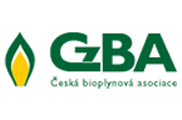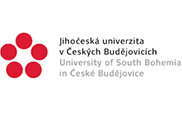AI-designed nanocages mimic viral behavior for enhanced gene therapy
Date: 25.12.2024
Researchers have developed an innovative therapeutic platform by mimicking the intricate structures of viruses using artificial intelligence (AI). Their pioneering research was published in Nature on December 18.
 Viruses are uniquely designed to encapsulate genetic material within spherical protein shells, enabling them to replicate and invade host cells, often causing disease. Inspired by these complex structures, researchers have been exploring artificial proteins modeled after viruses.
Viruses are uniquely designed to encapsulate genetic material within spherical protein shells, enabling them to replicate and invade host cells, often causing disease. Inspired by these complex structures, researchers have been exploring artificial proteins modeled after viruses.
These "nanocages" mimic viral behavior, effectively delivering therapeutic genes to target cells. However, existing nanocages face significant challenges: their small size restricts the amount of genetic material they can carry, and their simple designs fall short of replicating the multifunctionality of natural viral proteins.
To address these limitations, the research team used AI-driven computational design. While most viruses display symmetrical structures, they also feature subtle asymmetries. Leveraging AI, the team recreated these nuanced characteristics and successfully designed nanocages in tetrahedral, octahedral, and icosahedral shapes for the first time.
The resulting nanostructures are composed of four types of artificial proteins, forming intricate architectures with six distinct protein-protein interfaces. Among these, the icosahedral structure, measuring up to 75 nanometers in diameter, stands out for its ability to hold three times more genetic material than conventional gene delivery vectors, such as adeno-associated viruses (AAV), marking a significant advancement in gene therapy.
Image source: POSTECH.























